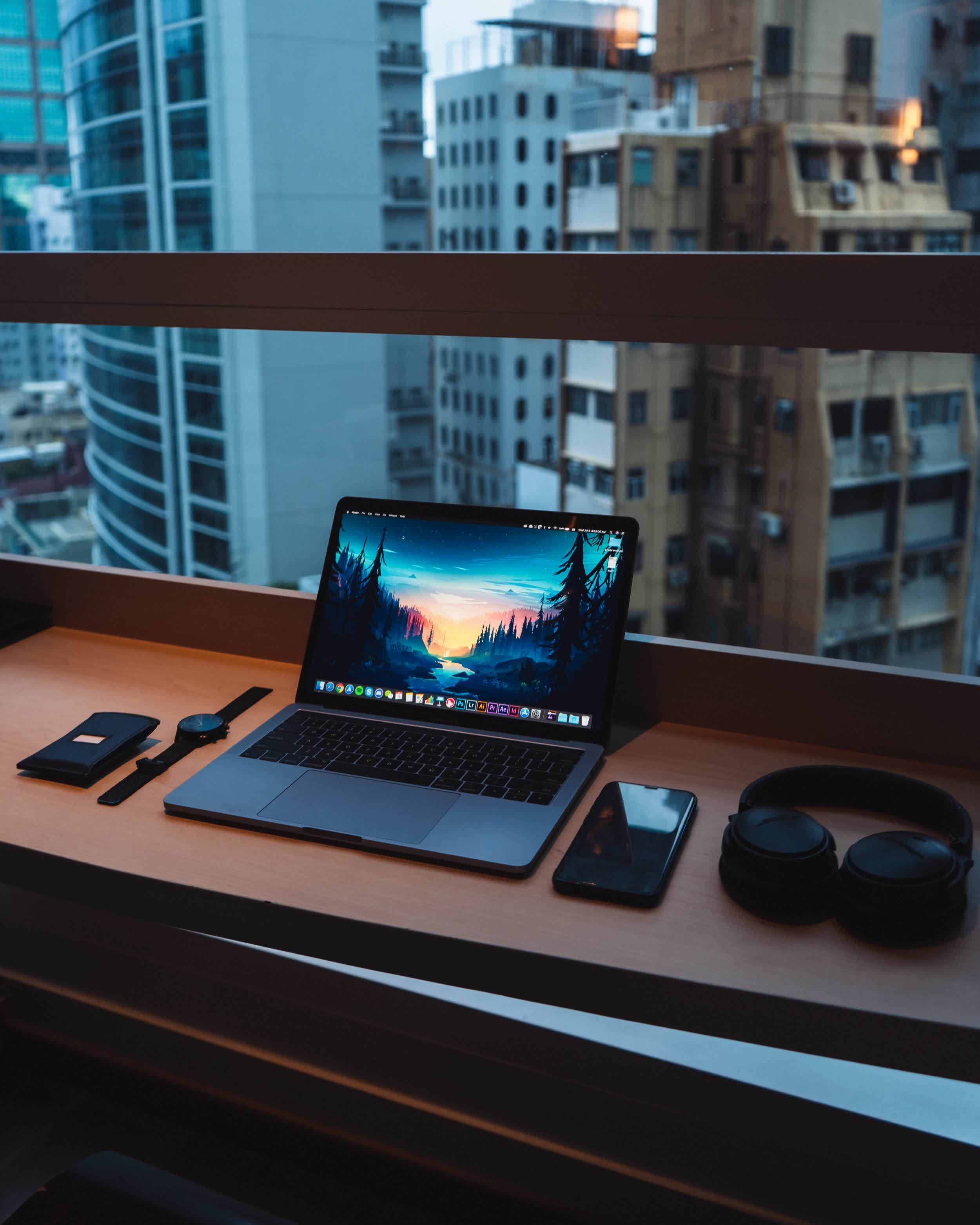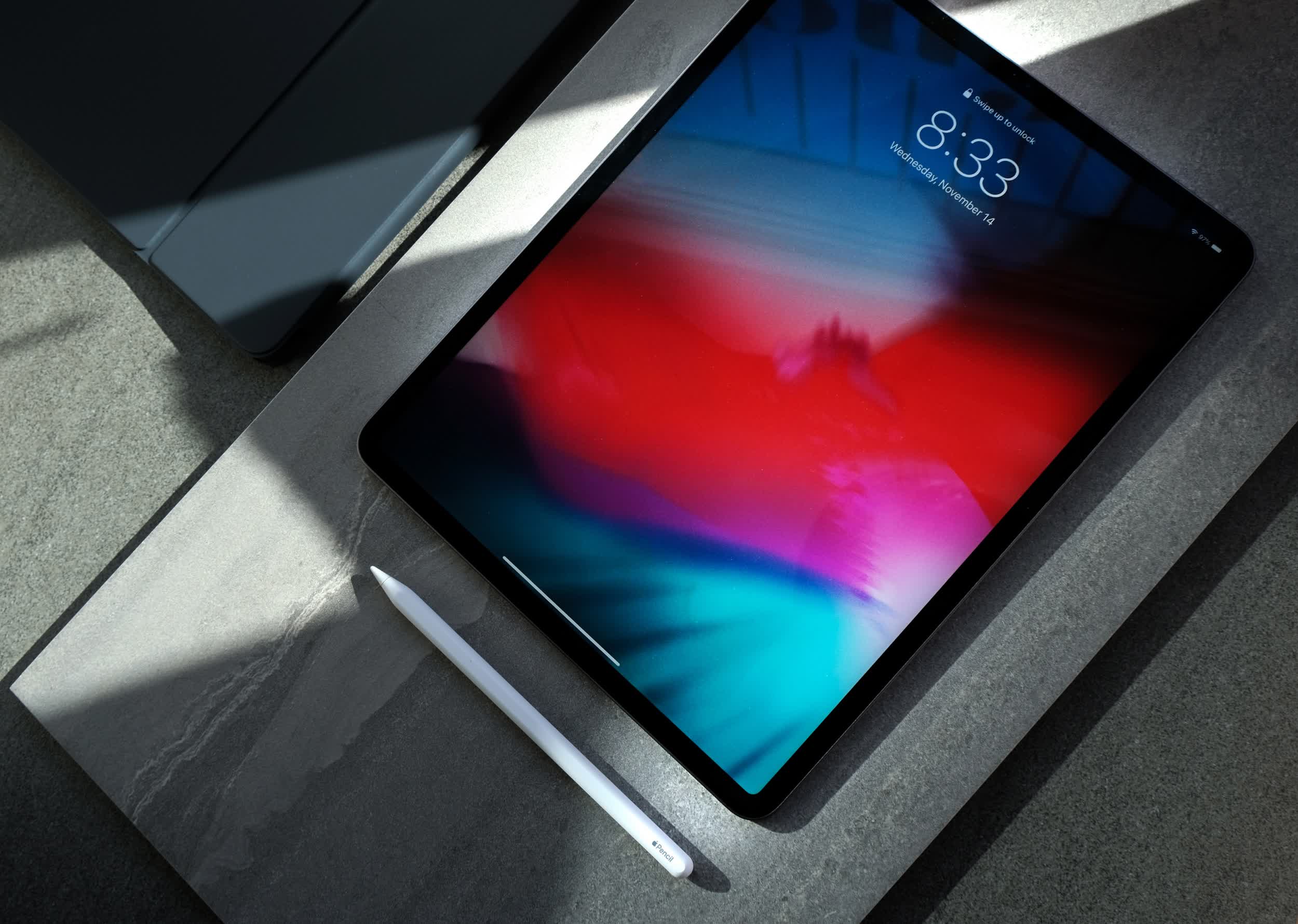What just happened? Samsung Display recently announced a 4.1 trillion won ($3.1 billion) investment plan to boost organic light-emitting diode (OLED) panel output for laptops and tablets. According to South Korea's Yonhap News Agency, the cash infusion will be used to upgrade Samsung's production lines and to secure large-scale deals with equipment makers as well as material and component suppliers. Samsung also aims to assist domestic partners by operating joint tech development programs and paying for orders early.
South Korean President Yoon Suk Yeol was on hand for the ceremony at Samsung's campus in Asan, which is located about 55 miles south of Seoul.
An exclusive follow-up from Naver claims Samsung's investment is largely meant to strengthen its relationship with Apple - more specifically, to make OLED panels for the iPad and MacBook. Samsung is already the top supplier of OLED panels for the iPhone, so it is not too surprising that both parties are interested in extending this mutually beneficial partnership. LG Display has reportedly maxed out its production capacity already.

OLED panels are becoming commonplace in high-end televisions and flagship smartphones and as the tech matures, it is only a matter of time before it starts to trickle down to other categories. Apple has not publicly mentioned switching to OLED panels for its iPad and MacBook products, which currently use LED-backlit display tech, but the move wouldn't be surprising at this stage.
Some publications believe new iPad Pros with OLED panels from Samsung Display and LG Display could arrive as early as 2024. Yonhap's report mentioned a target date of 2026 for Samsung to get its new production lines up and running.
Conventional wisdom suggests the shift would increase production costs, which could be passed along to consumers through higher device prices. Conversely, Cupertino has the pull to negotiate favorable supplier contracts so the cost increase might not be as noticeable as it would be for other tablet and laptop makers.
